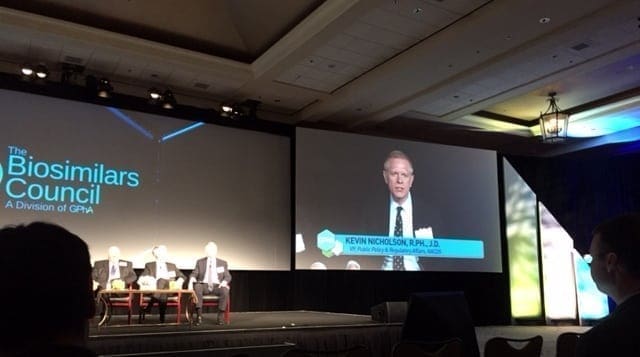NACDS Sees Progress on Key Issues in New Medicare Part D Rule E-prescribing, opioid issues, medication therapy management, pharmacy access addressed by Centers for Medicare & Medicaid Services
E-prescribing, opioid issues, medication therapy management, pharmacy access addressed by Centers for Medicare & Medicaid Services.




